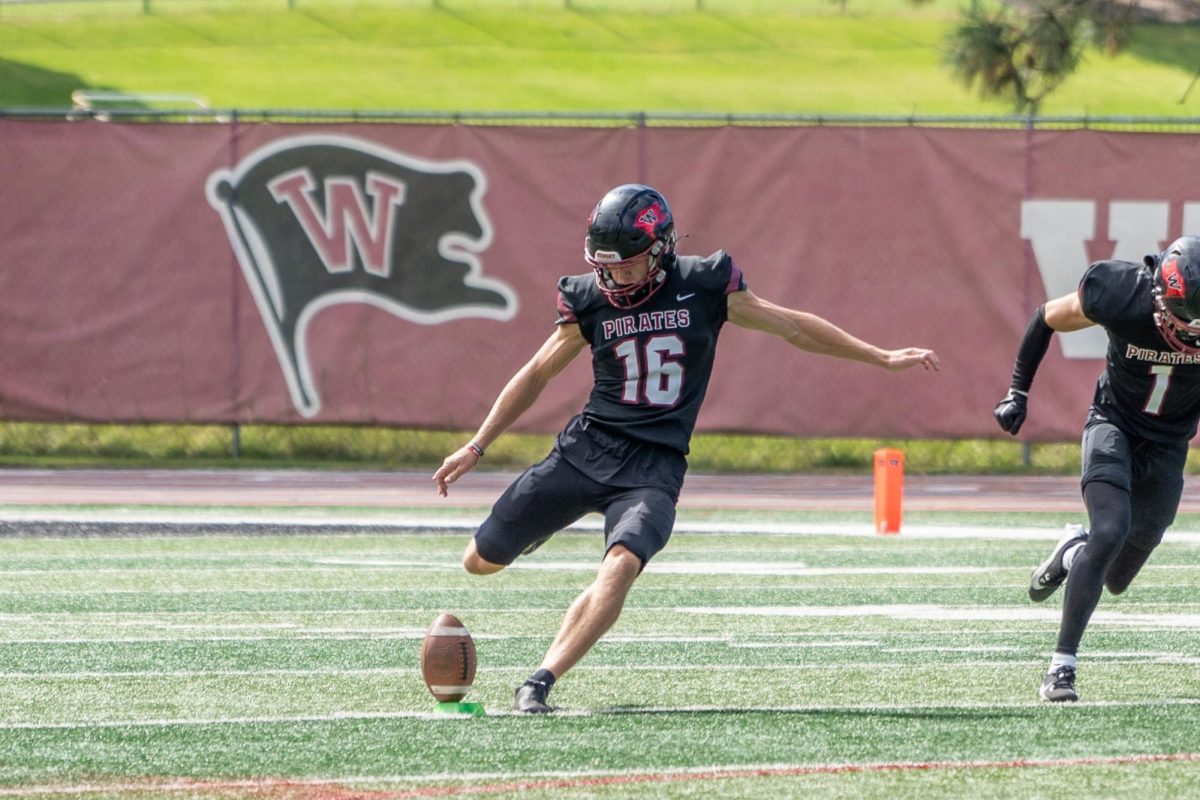As a metamorphosed freshman, it is evident that I possess an intellect far beyond my former self as a scrawny little first-year. Having evolved my brain to next-generation capacity and processing speed, I am finally a Soft S’more. As a result of this newfound genius, I have become aware of an anomaly: I have very few friends. But not to bother—I have turned to what scientists call “observation”, a term that you in your non-Soft S’more ignorance may not comprehend. To put it eloquently, to “observe” is the act of seeing what we see (another brain doozy for you, I’m sure). In order to address what I could possibly be doing wrong in my social life, I will now present observations on the freshest topic on campus: the Whitworth Atlas of Social Grouping Patterns in Freshmen.
Let’s focus on the HUB, that cheery gathering-place of food, friends, and fellowship! Eight freshmen sit in a booth designed for four. Although they are clearly struggling in this impressive display of tight packing, they seem to be quite enjoying themselves. Behold, the Hive Mind.
A freshman Hive Mind consists of a core group of friends clustered around a leader. While the leader may occasionally have to pull their weight as the coolest kid in the squad to get what they want, it is clear that their loyal cohorts are happy to follow along with their exciting plans. The Hive Mind leader can be easily identified by the devout attention they receive, sort of like a granola cluster around a single chocolate chip. The cluster stands up to leave. Already, the leader has decided that the next activity is for everyone to grab as many ice cream bars as possible (no fudge) and stash them away for late-night cravings. Lucky dogs.
The next pattern we see is the Lone Wolf Complex. These are all the freshmen who sit alone. Being too cool to mingle with the fray, they sit in solitude at least six chairs from the nearest living organism. On nights that Sodexo misreads the recipe, ‘living organism’ includes dinner. Earbuds in ear holes, they affect a notable slouch in rapt attention to the only friend in their life that won’t betray them—a smartphone. Granted, these freshmen may not be aloof at all but rather, by some happenstance, are friendless. To that, I shake my marshmallow-y head at the countless Solitary Wolves dotting the food court, each hoping for companionship yet ironically, oblivious to the many compatible companions around them in the same predicament. There’s also the Very Introverted Wolves, but since there have been no confirmed sightings, their existence is mere speculation.
Peas in a pod are not exclusive to Duvall. These close-knit bonds were forged during the terrors of orientation week, alliances made overnight after witnessing a particularly intimidating Mock-Rock group. Said pods are to be found, symbolically, around circular tables, each pea receiving equal air time and recognition. Right before test weeks, books are scattered around the table as, together, they earnestly pore over all the material that they never bothered learning until Judgment Day. As my saying goes, “friends that procrastinate together, seal their fate together”. Of course, it’s not all Kleenex and chocolate in these groups, and the study example only proves how heartwarmingly inseparable they are—right up to the moment they all bomb the same test together (how cute). Couples also fall under the Peapod category; happy little duos occupying the small circular tables on the outskirts of the food court. One pea gets too full and pushes the rest of their food at the other pea, who rolls their eyes—and voraciously polishes off the remainder.
So, there it is: a meandering field guide to the three main types of social grouping patterns in freshmen. As I am no longer a freshman, my brilliant observational powers are unable to apply all this to myself. However, you, dear reader, may still be a freshman, so don’t be afraid to see those categories, laugh at my summary, and prove me wrong. After all, there are always new observations to be made.










 Spokane?
Spokane?